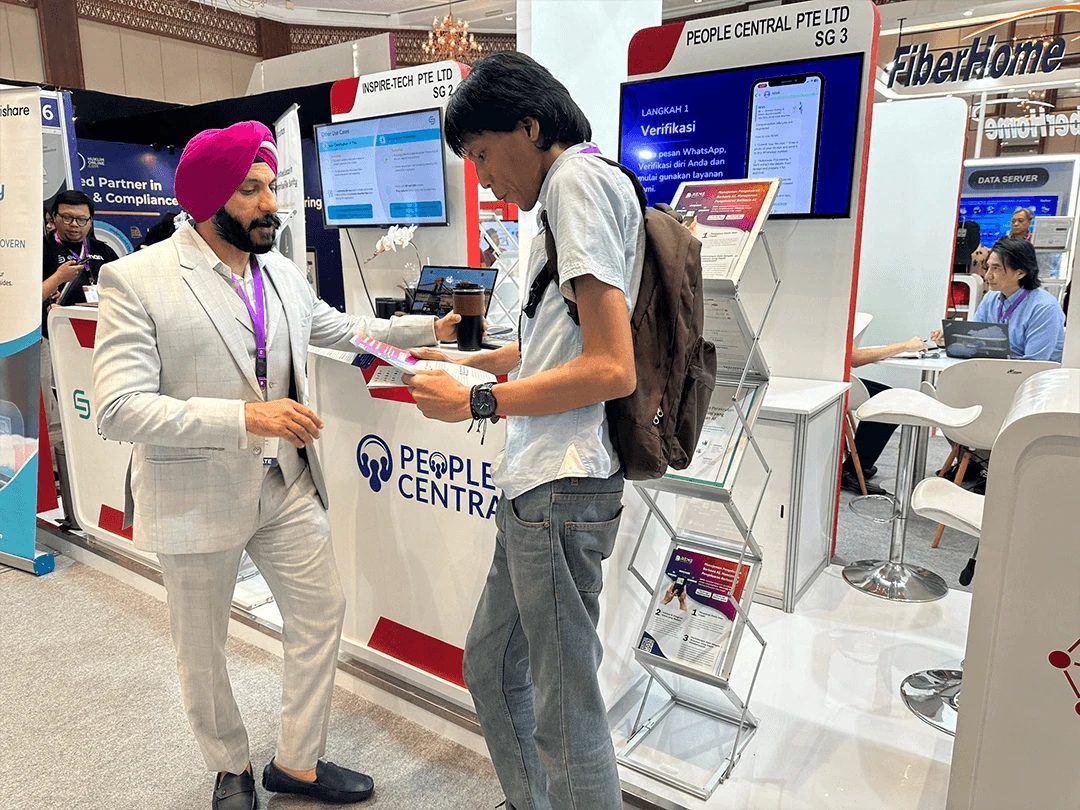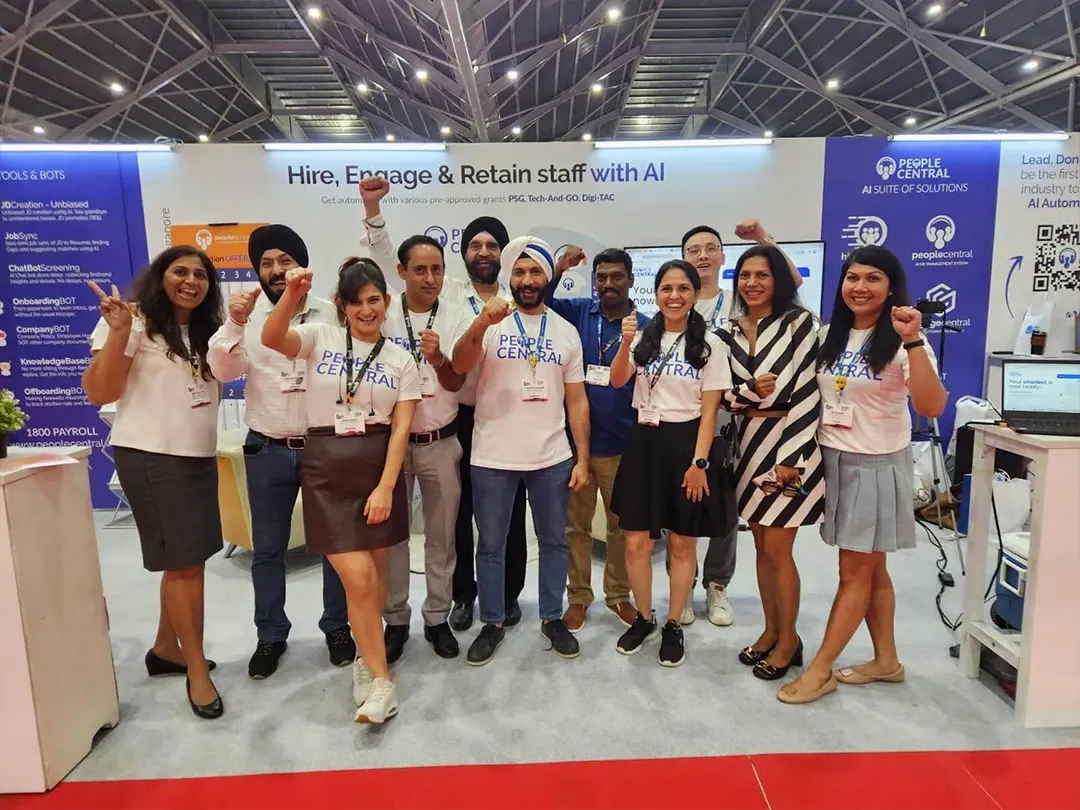Artificial Intelligence (AI) is transforming industries, and its potential is boundless. However, to harness this technology effectively, you need a solid onboarding process. In this comprehensive guide, we will walk you through each step of creating a personalized onboarding program for AI training plans. Whether you are a seasoned AI professional or just starting your journey, this guide will equip you with the knowledge and tools needed to succeed.
1. Understanding the Basics of AI Training Plans
In the world of AI, training is the process of teaching a machine learning model to perform specific tasks. To embark on this journey, you need a solid understanding of the basics. Here, we will cover the fundamentals, including data collection, labeling, and model architecture.
2. Setting Clear Objectives
The first step in any successful onboarding process is setting clear objectives. Define what you aim to achieve with your AI training plan. Are you improving customer service, automating processes, or enhancing product recommendations? Clear objectives will guide your entire onboarding journey.
3. Data Collection and Preparation
AI thrives on data. Collect and prepare high-quality data relevant to your objectives. Clean, labeled data is essential for training accurate models. Consider using data augmentation techniques to expand your dataset.
4. Choosing the Right AI Framework
Selecting the appropriate AI framework is crucial. Popular choices include TensorFlow, PyTorch, and scikit-learn. Your choice should align with your project’s requirements and your team’s expertise.
5. Model Selection and Architecture
Dive into the intricacies of model selection and architecture. Understand the difference between convolutional neural networks (CNNs), recurrent neural networks (RNNs), and other architectures. Tailor your model to your specific objectives.
6. Hyperparameter Tuning
Fine-tuning your model’s hyperparameters can make a significant difference in its performance. Explore techniques like grid search and random search to optimize your AI model.
7. Training and Validation
Train your AI model using your prepared dataset. Implement rigorous validation to ensure your model’s accuracy and prevent overfitting.
8. Testing and Evaluation
Thoroughly test your trained model with real-world data. Evaluate its performance against predefined metrics. Be prepared to iterate and refine your model as needed.
9. Deployment Strategies
Learn the various deployment strategies for AI models, including cloud-based solutions, edge computing, and containerization. Choose the one that aligns with your infrastructure and operational requirements.
10. Monitoring and Maintenance
Once deployed, continuous monitoring and maintenance are essential. Implement monitoring tools to track your model’s performance and apply updates or retraining as necessary.
11. User Training and Adoption
Your AI system is only as effective as its users. Provide training and support to your team to ensure they can use the AI tools effectively. Encourage user adoption by showcasing the benefits of AI.
12. Ethical Considerations
Ethics in AI are paramount. Familiarize yourself with ethical guidelines and ensure your AI system adheres to them. Address bias and fairness issues in your data and algorithms.
13. Scaling AI Initiatives
As your AI initiatives grow, scaling becomes a concern. Explore strategies for scaling AI solutions across your organization while maintaining efficiency and effectiveness.
14. Security Measures
Protect your AI systems from security threats. Implement robust cybersecurity measures to safeguard your data and models.
15. Cost Management
AI can be resource-intensive. Develop cost management strategies to optimize your AI-related expenses without compromising quality.
16. Regulatory Compliance
Understand the regulatory landscape for AI in your industry and region. Ensure your AI systems comply with relevant laws and regulations.
17. Case Studies and Success Stories
Learn from real-world examples of successful AI onboarding and training. Explore case studies that highlight the impact of personalized onboarding on AI projects.
18. Expert Insights
Gain insights from industry experts on best practices for AI onboarding. Tap into their knowledge to enhance your AI training plans.
19. Common Challenges
Identify and address common challenges faced during AI onboarding, from data quality issues to algorithm selection dilemmas.
20. Future Trends in AI Onboarding
Stay ahead of the curve by exploring emerging trends in AI onboarding, such as federated learning and automated model selection.
How People Central’s AI HRMS Solution Helps in this!
People Central’s AI HRMS (Human Resource Management System) Solution is a game-changer in the realm of AI onboarding. With its advanced capabilities, it streamlines the entire onboarding process, making it more efficient and effective.
- Automated Data Collection: People Central’s AI HRMS Solution automates the collection of employee data, eliminating the need for manual data entry. This ensures that you start with accurate and up-to-date information.
- Personalized Training Plans: The AI algorithms in People Central’s solution analyze employee profiles and create personalized training plans. This ensures that each employee receives training tailored to their needs and skill gaps.
- Continuous Monitoring: The solution provides real-time monitoring of employee progress. You can easily track who has completed their training and who may need additional support.
- Ethical Compliance: People Central’s AI HRMS Solution includes built-in ethical compliance checks, ensuring that your onboarding process adheres to ethical guidelines and avoids bias.
- Scalability: Whether you have a small team or a large organization, this solution scales effortlessly to meet your onboarding needs.
With People Central’s AI HRMS Solution, you can supercharge your AI training plan onboarding process and achieve better results.
Conclusion
In conclusion, personalized onboarding for AI training plans is the gateway to unlocking the full potential of artificial intelligence. By following this comprehensive guide and considering solutions like People Central’s AI HRMS, you’ll be well-equipped to embark on your AI journey with confidence. Remember, AI onboarding is an ongoing process, and staying informed about the latest developments is key to continued success. Embrace AI responsibly, and you’ll see it transform your business and industry.
FAQs
Ques 1: What is the importance of setting clear objectives in AI onboarding?
Ans 1: Setting clear objectives is crucial because it provides a roadmap for your AI project. It helps you define what success looks like and guides all subsequent steps in the onboarding process.
Ques 2: How do I ensure my AI model is ethically sound?
Ans 2: Ethical considerations in AI involve fair data usage, unbiased algorithms, and transparency. It’s essential to audit your data, assess algorithmic biases, and communicate your ethical stance.
Ques 3: What are some cost-effective AI deployment strategies?
Ans 3: Consider using cloud-based solutions and serverless computing to reduce infrastructure costs. Additionally, explore open-source AI frameworks to minimize licensing expenses.
Ques 4: Can AI onboarding be applied to small businesses?
Ans 4: Absolutely! AI onboarding is adaptable and can benefit businesses of all sizes. Smaller businesses can start with simple AI applications and gradually expand.
Ques 5: What are the key cybersecurity measures for AI systems?
Ans 5: Key cybersecurity measures include encryption of data, access control, regular vulnerability assessments, and continuous monitoring for suspicious activities.
Ques 6: How can I stay updated on the latest trends in AI onboarding?
Ans 6: To stay updated, follow industry publications, attend conferences, and engage with AI communities online. Networking with AI professionals can also provide valuable insights.








 5
5


























